Seema chintha
₹249
Seema Chintha, scientifically known as Tamarindus indica, is a versatile tropical tree renowned for its tangy, brown fruit pods. This evergreen tree offers a multitude of benefits, from culinary uses to medicinal properties. Its attractive foliage and fragrant flowers make it a popular choice for both home gardens and commercial plantations.
40 people are viewing this product right now
🔥 8 items sold in last 3 hours
Experience the vibrant flavors of the tropics with Seema chintha, also known as the Malabar Tamarind. This unique fruit tree offers a burst of tangy sweetness and adds a distinctive touch to any garden. Cultivate this exotic gem and enjoy the benefits of its delicious and versatile fruits.
Key Features & Benefits
- Tangy and Refreshing: Seema chintha fruits boast a unique blend of sweet and sour flavors, perfect for adding zest to curries, chutneys, and drinks.
- Versatile Culinary Uses: Utilize the fruits in a variety of dishes, from traditional Indian cuisine to innovative modern recipes.
- Ornamental Value: The tree’s attractive foliage and vibrant fruits make it a visually appealing addition to any landscape.
- Easy to Grow: With proper care, Seema chintha is relatively easy to cultivate and thrives in warm climates.
- Medicinal Properties: Traditionally used in Ayurvedic medicine, Seema chintha is believed to possess potential health benefits.
Plant Care Guide
Ideal Plantation Locations
Seema chintha thrives in tropical and subtropical climates with warm temperatures and high humidity. Well-drained, sandy-loam soil rich in organic matter is ideal.
Planting & Gardening Instructions
- Location: Choose a sunny location with ample sunlight for optimal growth and fruit production.
- Soil Preparation: Prepare the soil by tilling it to a depth of 12-18 inches and incorporating well-rotted compost or manure.
- Planting: Plant the Seema chintha seedling at the same depth as it was growing in the nursery pot.
- Spacing: Allow sufficient space between trees, typically 15-20 feet, to ensure proper air circulation and sunlight penetration.
Watering
Water the tree regularly, especially during the initial stages of growth and in dry periods. Avoid overwatering, as it can lead to root rot.
Fertilizers
Apply a balanced fertilizer, such as a 10-10-10 NPK formulation, during the growing season. Supplement with organic fertilizers like compost or manure for improved soil health.
Repotting Instructions
Re-pot young Seema chintha trees annually into larger containers to accommodate their growing root system. Use well-draining potting mix.
Fruiting Season
Fruiting typically occurs during the spring and summer months, with peak production varying depending on the specific cultivar and climatic conditions.
Usage Ideas
- Culinary: Use the fruits to make chutneys, pickles, jams, and beverages. Add them to curries, salads, and stir-fries for a tangy flavor.
- Medicinal: Explore traditional uses in Ayurvedic medicine (consult with a qualified practitioner).
- Ornamental: Cultivate as an attractive ornamental tree in gardens and landscapes.
Care Tips
- Pest Control: Monitor for pests like aphids and scale insects. Use organic pest control methods like neem oil or insecticidal soap.
- Pruning: Prune regularly to maintain the tree’s shape and encourage healthy growth.
- Mulching: Apply a layer of organic mulch around the base of the tree to conserve moisture and suppress weeds.
Only logged in customers who have purchased this product may leave a review.
Related products
Designed, Developed & Maintained by Growww.
Copyright © 2024 Ashok Chakra Nursery

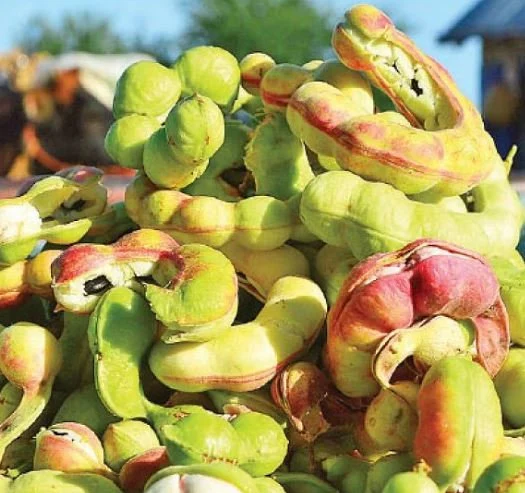
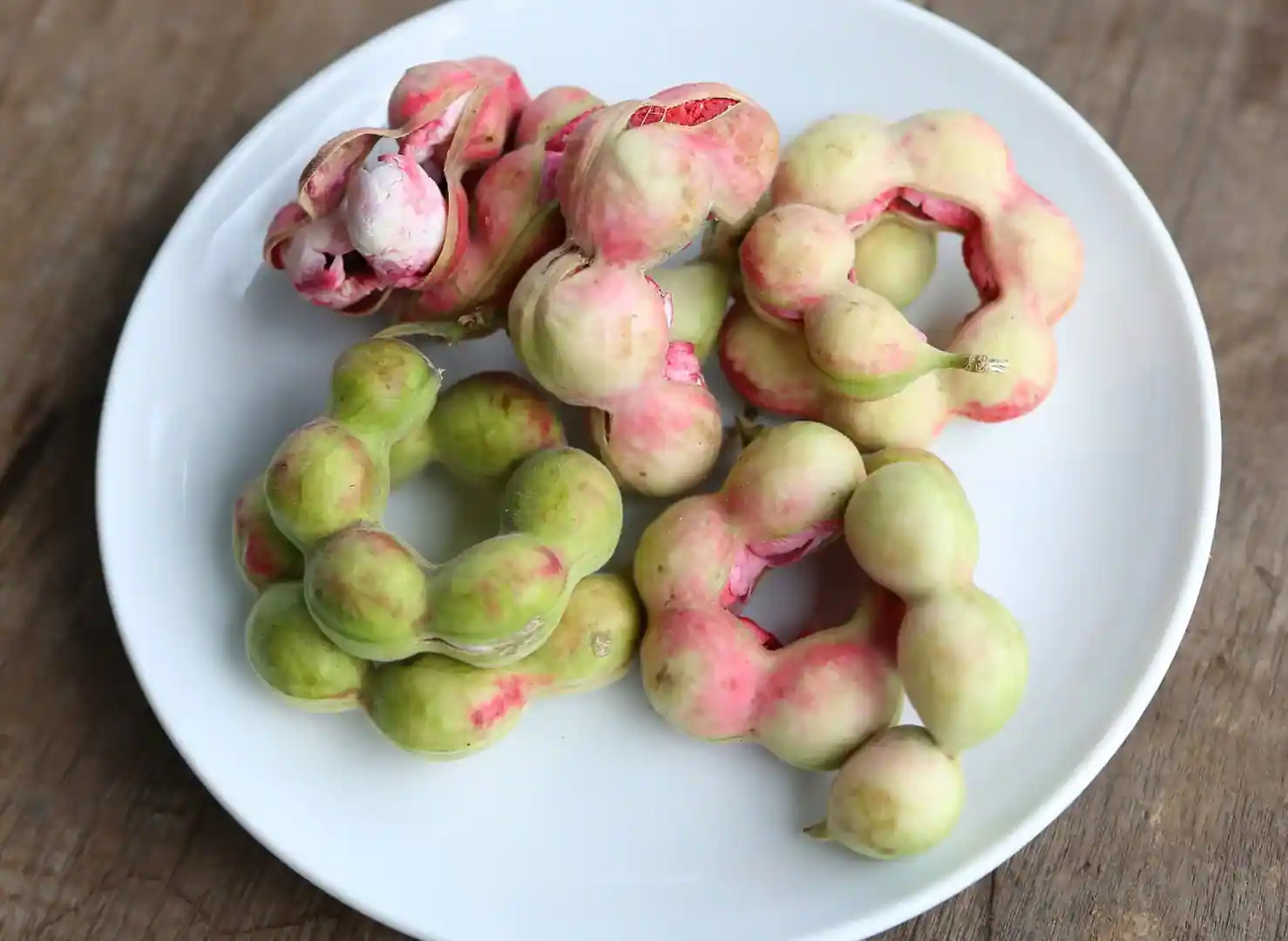
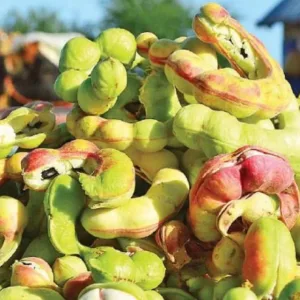
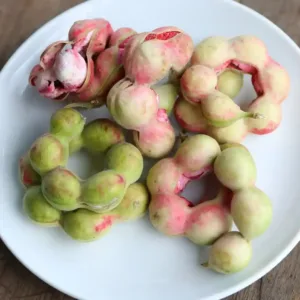
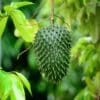
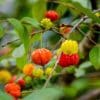
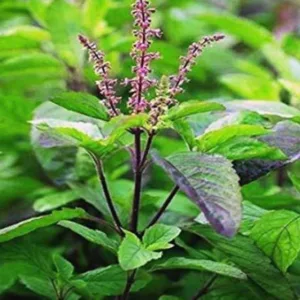
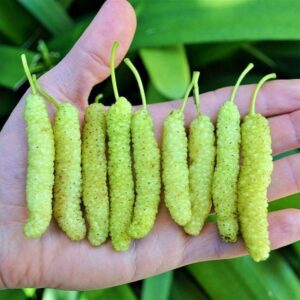
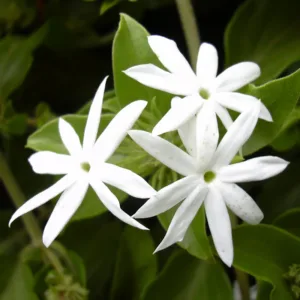
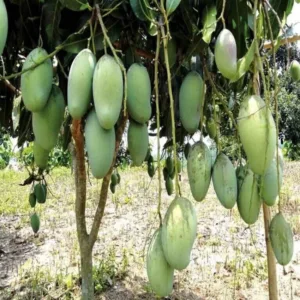
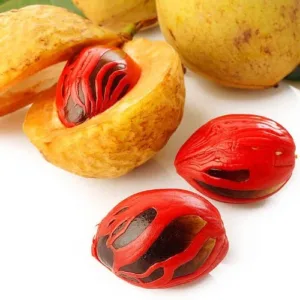
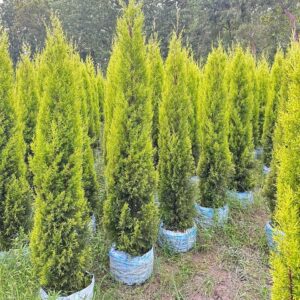

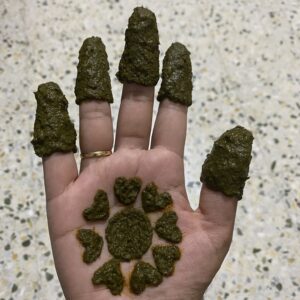
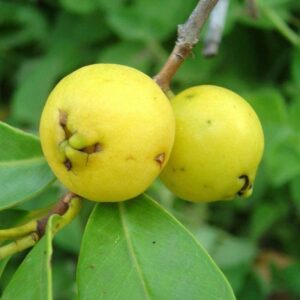
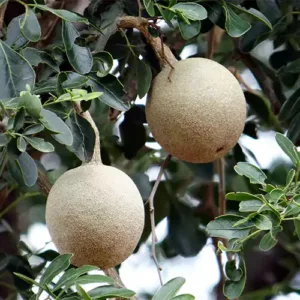
Reviews
There are no reviews yet.